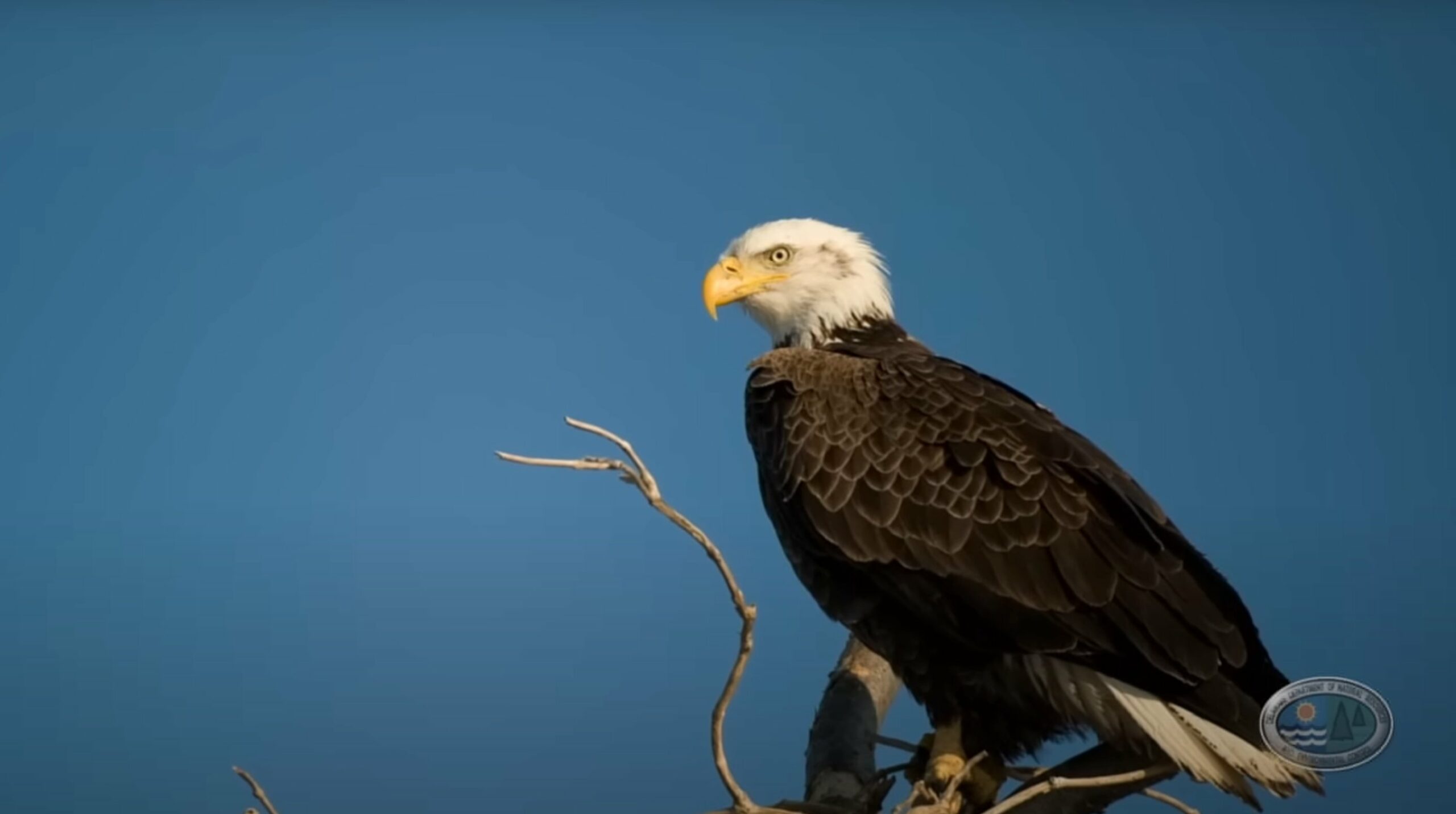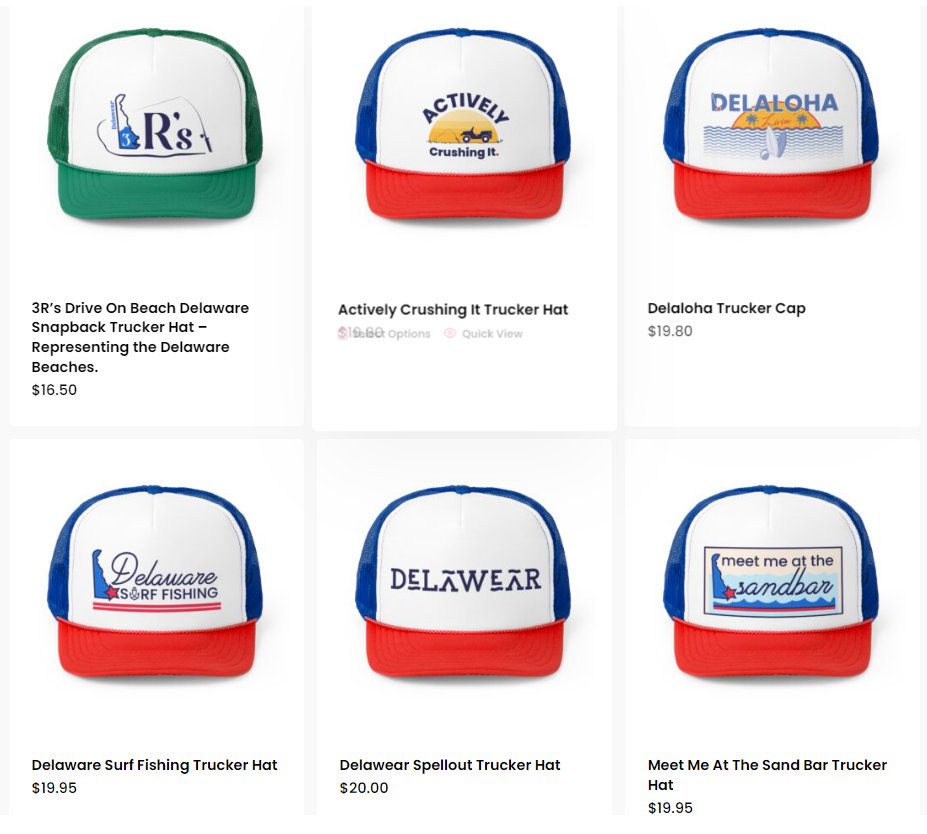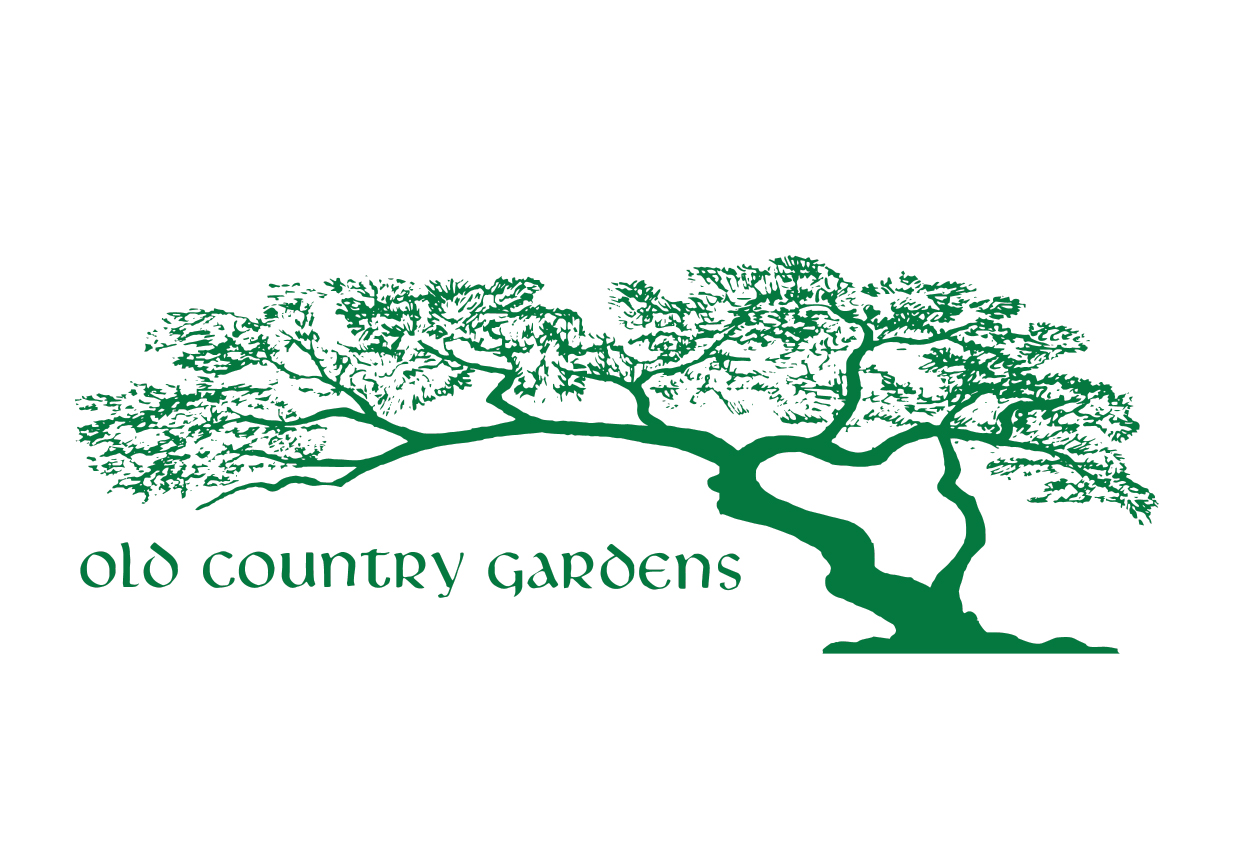Bird Watching at the Delaware Beaches????????????????
Bird watching at the Delaware beaches is a year-round adventure, offering a diverse array of feathered friends that vary with the seasons. Whether you’re a seasoned birder or a curious beginner, the Delaware coast is a haven for bird enthusiasts. Let’s embark on a seasonal journey to discover the avian wonders of this region.
Before we begin, here is a list of birds that can be seen in Southern Delaware involves a diverse range of species, thanks to the region’s varied habitats, including beaches, marshes, forests, and fields. Southern Delaware is a part of the Atlantic Flyway, making it a significant area for migratory birds. Here’s a list that encompasses both resident and migratory species commonly spotted in the area:
Shorebirds and Waders
- Piping Plover
- American Oystercatcher
- Red Knot
- Sanderling
- Dunlin
- Greater Yellowlegs
- Lesser Yellowlegs
- Snowy Egret
- Great Egret
- Great Blue Heron
- Green Heron
Seabirds and Waterfowl
- Laughing Gull
- Herring Gull
- Ring-billed Gull
- Black Skimmer
- Brown Pelican
- Double-crested Cormorant
- Brant
- Mallard
- American Black Duck
- Northern Pintail
- Canvasback
- Harlequin Duck
- Long-tailed Duck
Raptors
- Osprey
- Bald Eagle
- Peregrine Falcon
- Cooper’s Hawk
- Red-tailed Hawk
- Northern Harrier
Songbirds and Passerines
- American Goldfinch
- Song Sparrow
- Eastern Bluebird
- Northern Cardinal
- Red-winged Blackbird
- American Robin
- Carolina Chickadee
- Tufted Titmouse
- Eastern Towhee
- Yellow Warbler
- Black-throated Blue Warbler
- Pine Warbler
- Scarlet Tanager
Other Notable Species
- Wild Turkey
- Northern Bobwhite
- Belted Kingfisher
- Eastern Screech-Owl
- Great Horned Owl
- Snowy Owl (winter visitor)
- Ruby-throated Hummingbird
- American Woodcock
Occasional Visitors and Rare Sightings
- Snow Goose (common in winter)
- Roseate Spoonbill (rare)
- Painted Bunting (rare)
- White Ibis (occasional)
This list is not exhaustive, as Southern Delaware’s rich ecosystems attract a wide variety of bird species. Seasonal changes bring different species to the forefront, with spring and fall migrations being particularly exciting times for birdwatchers. Bird enthusiasts in Southern Delaware are always in for a treat with the possibility of spotting rare and unexpected visitors along with the regular avian residents.
Birding The Beaches By Season: Spring: A Symphony of Songbirds
March to May: The Arrival of Migrants
Spring at the Delaware beaches is like opening a vibrant, melodious chapter of a nature book. As the cold recedes, the air fills with the songs of migratory birds returning from their winter retreats.
Highlight Species:
- Warblers: Look out for the striking Yellow Warblers and the elusive Black-throated Blue Warblers in the lush foliage of Cape Henlopen State Park.
- Shorebirds: Witness the impressive migration of Red Knots, especially at Slaughter Beach, as they stop to refuel on horseshoe crab eggs.
Birding Tip: Early mornings are magical during spring. Equip yourself with a good pair of binoculars and a field guide to enjoy the chorus and color of spring migrants.
Summer: Shorebirds and Seabirds Galore
June to August: The Beaches Come Alive
Summer brings a different vibe to Delaware’s coastline. The beaches are not just for sunbathers; they are crucial breeding grounds for many bird species.
Highlight Species:
- Piping Plovers: These endangered shorebirds nest on the sandy beaches. Prime spots include the dunes of Bethany Beach and Fenwick Island.
- Laughing Gulls: Recognizable by their raucous laugh-like calls, they are a staple of the Delaware coast in summer.
Birding Tip: Respect nesting areas and observe birds from a distance. A spotting scope can be handy for viewing seabirds without disturbing them.
Fall: A Wave of Winged Wonders
September to November: A Migratory Showcase
As autumn rolls in, the Delaware beaches become a migratory highway. Birds head south for the winter, stopping along the coast to rest and feed.
Highlight Species:
- Hawks and Falcons: Witness the awe-inspiring raptor migration. Hawk Watch at Cape Henlopen is a must-visit spot.
- Snow Geese: Bombay Hook National Wildlife Refuge becomes a temporary home for thousands of Snow Geese, creating a spectacular sight.
Birding Tip: Pack your binoculars and a camera with a good zoom lens. The dramatic shifts in bird populations are a sight to behold.
Winter: The Charm of Cold-Weather Birds
December to February: A Serene Spectacle
Winter may seem quiet, but it’s an exciting time for bird watching on the Delaware coast. Many birds find the milder coastal winters appealing.
Highlight Species:
- Snowy Owls: Occasionally, these magnificent birds venture south. Keep an eye on the dunes for a chance to see one.
- Sea Ducks: Harlequin Ducks and Long-tailed Ducks frequent the chilly waters. The Indian River Inlet is a good spot for sea duck watching.
Birding Tip: Dress warmly and be patient. Winter birding can be challenging but rewarding, with unique sightings that aren’t available in other seasons.
No matter the season, bird watching at the Delaware beaches is a delightful and educational activity. Each visit promises new sights and sounds, making every trip unique and memorable. Remember to follow ethical birding practices to protect these wonderful creatures and their habitats. Happy birding! ????????????️
Visit The State Parks To Discover the Birdwatcher’s Paradise at Delaware Beaches
Delaware Beaches are a treasure trove for bird enthusiasts. Let’s explore some of the prime locations for birdwatching in this beautiful area.
Beach Plum Island Nature Preserve
A hidden gem along the Delaware Bayshore, Beach Plum Island Nature Preserve offers a serene birdwatching experience with its diverse habitats of beach, dune, and marsh. Here, you can spot a variety of shorebirds during spring and fall migrations, including the lesser black-backed gull amidst more common gulls. Summer brings the noisy willets nesting in the dunes, while late winter to early spring is perfect for observing sea ducks, loons, and gannets.
Cape Henlopen State Park
Boasting over 300 species, Cape Henlopen State Park is a birdwatcher’s dream. Its coastal habitats are perfect for observing a wide range of birds including maritime forest dwellers and nesting Piping Plovers. Key spots include The Point and Herring Point for waterbird watching.
Delaware Seashore State Park
This coastal park records over 200 bird species. Indian River Inlet is a prime spot for birding, especially for sighting Purple Sandpipers and sea ducks in winter. The park’s trails and kayak trips offer opportunities to see migrant songbirds and nesting marsh birds.
Fenwick Island State Park
A lesser-explored site, Fenwick Island State Park has recorded over 140 species. The park offers excellent ocean views and opportunities to observe a variety of birds, especially from its bathhouse boardwalk. Kayaking is a great way to explore the habitats of Little Assawoman Bay.
Fork Branch Nature Preserve
Located in the City of Dover, this preserve boasts a large forest tract with diverse bird species. It’s a great spot for spotting migrant songbirds, owls, and hawks.
Fort Delaware State Park
Situated on Pea Patch Island, this park is known for its large mixed-species heron rookery. The Prison Camp Trail offers views of the heronry and a variety of nesting songbirds. Watch for herons, egrets, and shorebirds feeding in the marshes.
Additional Parks
Other notable birding locations include Fort DuPont State Park, Fox Point State Park, Holts Landing State Park, Killens Pond State Park, Lums Pond State Park, Port Penn Interpretive Center, and Trap Pond State Park, each offering unique birding experiences across different habitats.
Birdwatching in Delaware Beaches is an activity that changes with each location and season, offering endless opportunities for discovery and enjoyment. Remember to respect the natural habitats and enjoy the beauty of these feathered residents.
For detailed information on each location, along wth Bird Watching Events, visit the Delaware State Parks website: Birding – Delaware State Parks


























